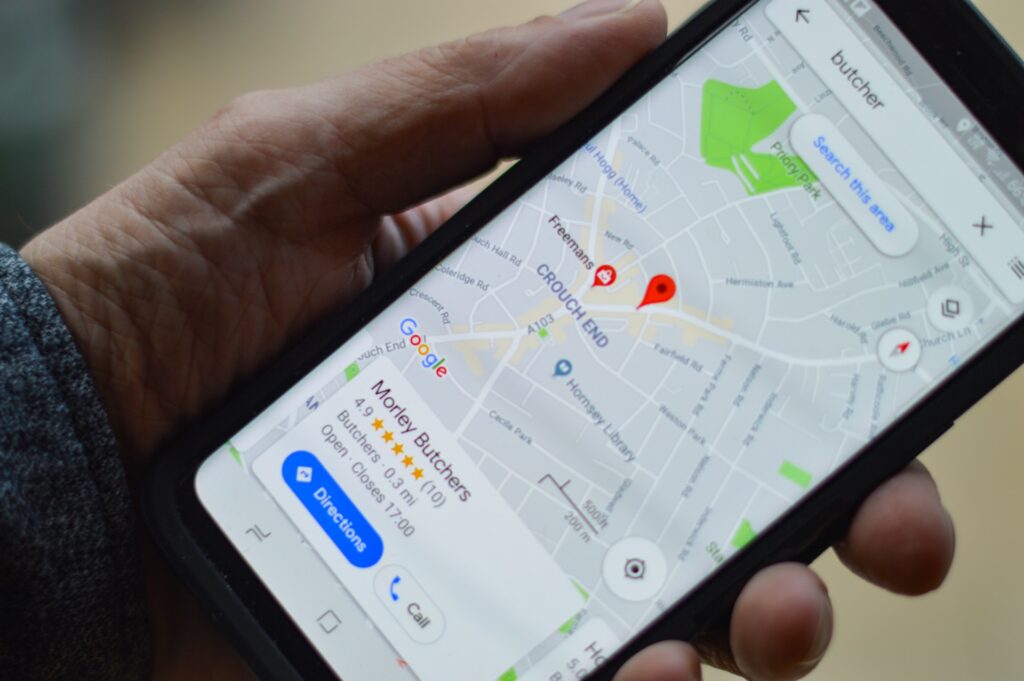While local SEO sounds like a small business strategy, it is the cornerstone of their digital presence. Everyone knows at least a few local businesses selling specific products or services. Standing apart becomes challenging because brands need to convince potential buyers that they are better than the others in the market. That’s where local SEO steps in.
Considering that 46% of all online searches have a local intent, it is crucial to implement the strategy to find a spot in these searches. When it comes to traffic and conversions, 76% of users conducting a local search on their phone visit a physical location within 24 hours, and 28% of these searches lead to a purchase.
Despite these impressive statistics, only 35% of small businesses consider local SEO critical. Even if you are one of them, you likely follow a run-of-the-mill strategy because that’s how the industry works. Thinking outside the box can help you achieve more and leave your competitors behind. Location-specific content can be the secret sauce in this context.
Let us explain how you can leverage location-specific content to empower your local SEO strategy.
Think Beyond Generic Information
Providing generic information is a norm for a local business selling common offerings. Potential buyers see similar content and call to action on every other site. The approach puts businesses at the mercy of buyers, who are spoiled for choice. You can rely on location-specific content to stand apart. If you check the trends and strategies for local SEO in 2023, you will realize the significance of localized content.
DM Digital recommends optimizing your website with content tailored to the local audience. It also emphasizes using location-specific keywords in headers, meta titles, and descriptions. Brands should also post engaging content on social media. Location pages and blog posts are the top performers when it comes to localized content. Let us highlight these elements:
Location Pages
According to Semrush, you must have a separate page for every location if you sell across multiple locations. Each page should have unique content, highlighting general information such as address and contact details and specific facts like deals and offers for the location.
Blog Posts
Statistics show that the average conversion rate of blog posts is over 5%, which is quite an impressive number. Churning out good ones should be a part of your local SEO strategy. While quality content and evergreen topics are paramount, you must write posts addressing location-based queries. That’s a way to show that you know your audience and care about resolving their concerns.
Besides location pages and blog posts, you can add videos to these pages and posts to enhance visibility, boost credibility, and drive conversions for your small business.
Repurpose What You Have
Repurposing is a game-changer. Statistics show that 60% of pages on the first page of search rankings are at least 3 years old. It means old pages tend to rank better than new ones. Experts recommend repurposing evergreen articles instead of creating new pieces. You can add interactive maps about local events to these articles and update them regularly.
Providing updated, local information is enough to impress the local community and build awareness, liking, and trust for your business. Being consistent with the strategy helps you nurture your audience and establish an authoritative reputation in your community.
Measure, Evaluate, and Adjust
Local SEO is not a set-and-forget game, even if you think updating your local listing is enough to bring the audience to your store. Of course, adding location-specific information to your business listings, landing pages and blog posts helps. But you also need to measure outcomes, evaluate results, and adjust strategies to make the most of your plan.
Results often come within 6 months to a year, but sustaining them requires a continuous improvement mindset. Besides aligning with content and site structure trends, you must stay on top of updates every time you switch locations, change opening hours, or have offers for your buyers.
Integrate Fresh Content
At this stage, you are ready to integrate fresh content into your local SEO strategy. Although the wait for producing fresh content may seem too long, small businesses benefit from it because they can save time and money. Consider the following factors while creating a content brief for each web page or post:
- Where are the content gaps?
- Where do you have a competitive advantage?
- How are the competitors outperforming you?
- What can you create to complement or add value to your existing assets?
What Next
Local SEO is not as simple as you imagine because the competition in a small area is harder to beat. Location-specific content can give you a winning edge, so don’t miss out on it. Follow these content strategies to boost your local SEO plan and maximize your results, regardless of the competition in the landscape.










0 Comments